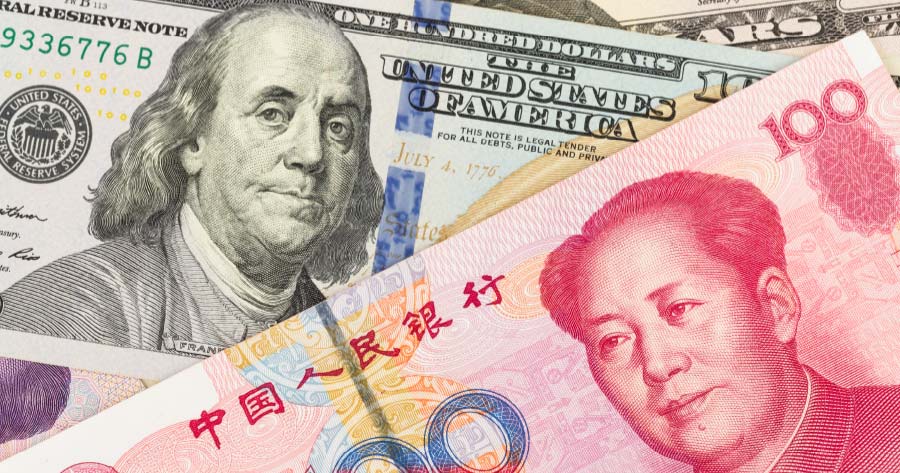Amidst uncertainties in global trade, the world’s second-largest economy has announced plans to increase the use of its currency, the yuan, for international transactions. The strategy aims to challenge the entrenched global reliance on the U.S. dollar in trade and establish China as a significant force in the arena.
According to a report from the South China Morning Post, the initiative is a collaboration between the Shanghai municipal government, the People’s Bank of China (PBOC), and national financial regulators. They envision leveraging Shanghai’s status as an international financial hub to promote the yuan, especially in trade with countries across the Global South.
This includes enhancing the Cross-Border Interbank Payment System (CIPS), China’s alternative to the SWIFT network, to expand its international reach and network capabilities. Chinese authorities anticipate that by enabling more transactions to be conducted in yuan, they can safeguard against potential U.S.-imposed limitations on access to dollar-centric financial systems.
China’s central bank encouraged commercial banks in Shanghai to expand cross-border credit services, aiming to lower financing costs in yuan and boost trade transactions in the currency. It also plans to advance CIPS by exploring blockchain integration and ensuring efficient processing for international deals in yuan.
Additionally, the PBOC expressed its support for the Shanghai Gold Exchange in forming partnerships with international trading platforms, aiming to promote the adoption of yuan-denominated pricing benchmarks in key global markets. The policy seeks to fortify financial support for Chinese businesses expanding overseas, aligned with the Belt and Road Initiative, fostering a competitive international environment.
The initiative urges state-owned enterprises involved in international investments to prioritize using the yuan for cross-border transactions, accelerating the currency’s integration into the broader economy. Customized services are being developed to promote yuan usage in e-commerce, advanced maritime logistics, large equipment exports, and support services for Chinese nationals working abroad.
A key aspect of the plan is boosting renminbi adoption among Belt and Road partners and launching a Shanghai-based platform to enhance the global circulation of the Chinese currency.
In April, the Chinese yuan (renminbi) gained ground in global finance, underscoring China’s push for heightened international influence. As for the prior month, the currency made up 4.13% of global payments, ranking fourth, with cross-border transactions soaring to a record £545.43 billion ($724.9 billion), accounting for over half of China’s overseas activity.
While the U.S. dollar remains dominant, China’s efforts suggest a shift toward a diversified currency landscape. Beyond monetary goals, this move is part of a broader bid to establish China as a counterweight to the U.S. in financial and geopolitical arenas. However, challenges like trust and convertibility continue to hinder wider yuan adoption.





